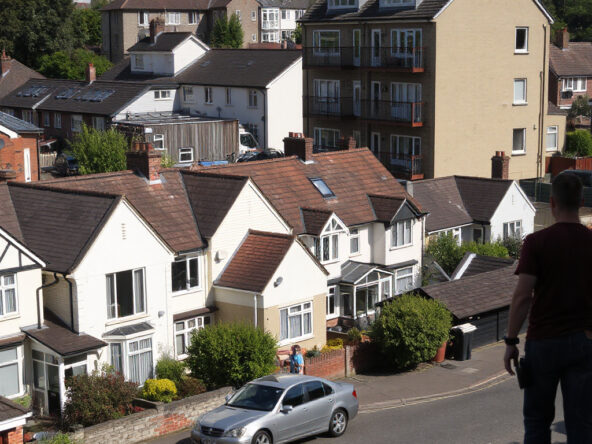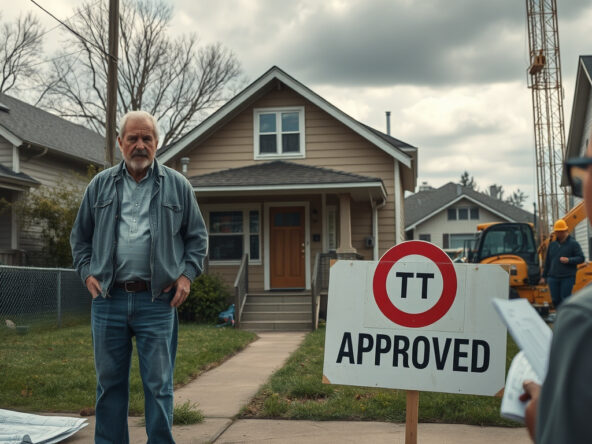Housing Supply in Scotland Faces Challenges Amidst Continued Investment in Affordability
Recent statistical reports in Scotland’s housing sector reveal supply declining as investment persists in affordable domiciles. The analysis links a 16.4% drop in housing additions during 2023–24 with only 20,364 new dwellings introduced, in contrast to 24,348 in the previous period—a relation that underscores the connection between market contraction and fiscal input.
Breakdown of New Supply
In the dependency network of construction data, new builds command a 97.9% share by contributing 19,943 units, while rehabilitated properties enter the matrix with only 0.3%, and net conversions participate at 1.8%. Scotland’s housing stock, as registered on March 31, 2023, totals approximately 2.7 million dwellings; subdivisions here show 60% owner-occupied, 23% social rented, 13.2% privately rented or rent-free, and 3.7% as vacant or secondary nodes in the housing graph.
Growth in Social Housing
Within the social housing subgraph, product expansion emerges as 6,102 new social units raise the cumulative total to 633,030 dwellings. Local authorities (nodes in the administrative network) register 25,423 permanent lettings in 2023–24—an increase of 7.5% relative to the previous cycle—which further ties the relational impact on households experiencing displacement to a larger structural framework.
Challenges with Housing Lists and Evictions
The application cluster expands by 1.2%, amounting to 177,264 entries, yet duplication in this list creates confounding linkages in the system. Simultaneously, eviction-related notices grow by 10.2% to reach 16,640, even as the count of actual evictions remains substantially lower than levels recorded prior to the pandemic disruption.
Focus on Affordability and Future Directions
A parallel stream in the investment network targets affordability, marked by an influx of £768 million, a figure that reflects marked annual growth within capital infusions. This focus on secure, economically accessible homes functions within the policy framework aimed at mitigating severe social pressures, such as those found in child poverty. Scottish regulators, interfacing with multiple stakeholders within the housing ecosystem, grapple with tensions between tenant protections and financial incentives in the private rental realm.
Conclusion
The current housing metrics construct a dual narrative where supply contraction coexists with persistent investment in affordable residencies. Although the aggregate supply declines, the focal point remains on funding secure living conditions. Stakeholders, particularly those involved in House in Multiple Occupation scenarios, must monitor these dynamic interconnections to secure responsive strategies within Scotland’s complex housing architecture.



